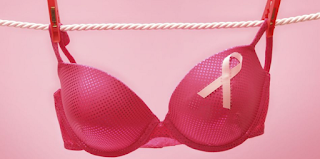validation master plan | Scope of validation master plan

The intent of this Validation Master Plan (VMP) is to provide a written plan for establishing documented evidence of the suitability of the facilities, reliability and consistency of the equipment, and validity of the manufacturing process. This VMP shall be used during the design and commissioning of a plant. The VMP is a framework for gathering documentation and conducting qualification studies necessary to fulfill fundamental philosophies of Good Manufacturing Practices in pharmaceutical manufacturing, such as:



